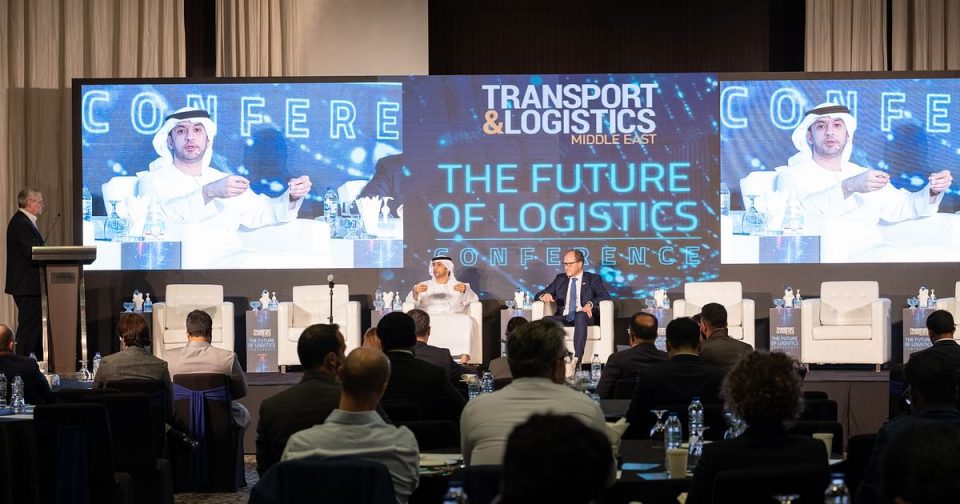Agreeing with Shahab Al Jassmi, Kim Larsen of Abu Dhabi Ports said that congestion at a port is the result a worldwide “chain reaction”. For example, he said, the congestion that we are seeing at Los Angeles Port is mainly related to the land side operations and it’s about the availablity of trucking and railroad capacities.
“If you are not moving your containers out of the port fast enough then you’re building up your utilisation capacity to very high levels. Then you get more and more congested and everything will slow down in terminal operations,” said Larsen.
The UAE has invested significantly into creating a very effective port system with a very closely knit network of government agencies and private players around its ports, according the Kim Larsen. So it’s not just about the ports but it’s about connecting all players of supply chain more effectively in order to create greater speed and efficiencies, he concluded.
Adding a perspective from the shipping lines side Lars Jensen said that congestion is not really about any one player doing something wrong. “Everybody could have individually done the right thing at the right time and yet we are in the situation we are in,” said Lars.
The problem according to Lars, is the ripple effects caused by the ever-changing scenarios of the pandemic in different parts of the world. Before the pandemic, typically 70 to 80% of the vessels arrived on time across the world’s ports. Presently, that figure is down to 30 to 35% making things extremely difficult for the supply chain.
Lars then moved the discussion to the capacities of container terminals and ports asking the two of the biggest port and terminal operators in the region: “Why didn’t you build up enough capacity to deal with the surges in cargo?”
Watch Highlights: The Future of Logistics Conference Dubai
“We do have enough capacity,” responded Al Jassmi, going on to add that the calculation of capacity depends upon the dwell time of containers at the terminal.
Giving an example he said that let us assume a terminal has a calculated its capacity of 1 million TEU based on dwell time of 7 days. Now imagine if empties were not offloaded fast enough or transit cargo failed to move on in time then those seven days can became 10 or 12 days. That straightaway causes a 50% increase in capacity utilisation, said Al Jassmi.
Disruptions in the global network have often proven to be the cause of congestion at individual ports and DP World is in discussions with all customers to facilitate smooth exchange of containers within the global network and “things are going to get more stable in 2022”, concluded Al Jassmi.
Kim Larsen pointed towards the physical element in utilisation of capacity around the world. The pandemic and its resulting surge has blown the just in time (JIT) concept completely out of the water. Port capacities are not built for peaks but are built with long-term utilisations in mind, he said.
“Could anybody have predicted this will happen? I don’t really think so. However, the situation as it stands right now, we are dealing with it as best as we can and we welcome any customers who are planning to come into the Arabaian Gulf because I think we can cope with more,” Kim concluded.
Coming in from the shipping side, Lars ironically pointed out that he sees a sector which does not have enough capacity and yet it has enough vessels. “The number of vessels is not the problem.”
“The problem is that they are not available because they are stuck in queues outside ports and terminals. And this is not really something the ports and terminals can fix. The problem is inland. So the inland problem needs to get solved to unclog the ports which in turn will free up the ships. And then we will have enough ships,” said Lars.
Pointing to the overcapacity built up by shipping lines coming out of the financial crisis 10 years ago, Lars said that the pace of new buildings in the last 10 years has come down and today the gap between average and maximum capacity has signficantly reduced. So the shock we can absorb today is smaller than what we had been used to in the past.
According to Lars, this is unlikely to change moving into the future.
“So the only solution moving forward is to increase efficiencies using technologies like digitalisation and automation combined with a more clever use of our planning tools,” said Lars concluding the first part of the discussion.
Read More: The Future of Logistics: What Does 2022 Hold for the Industry?


